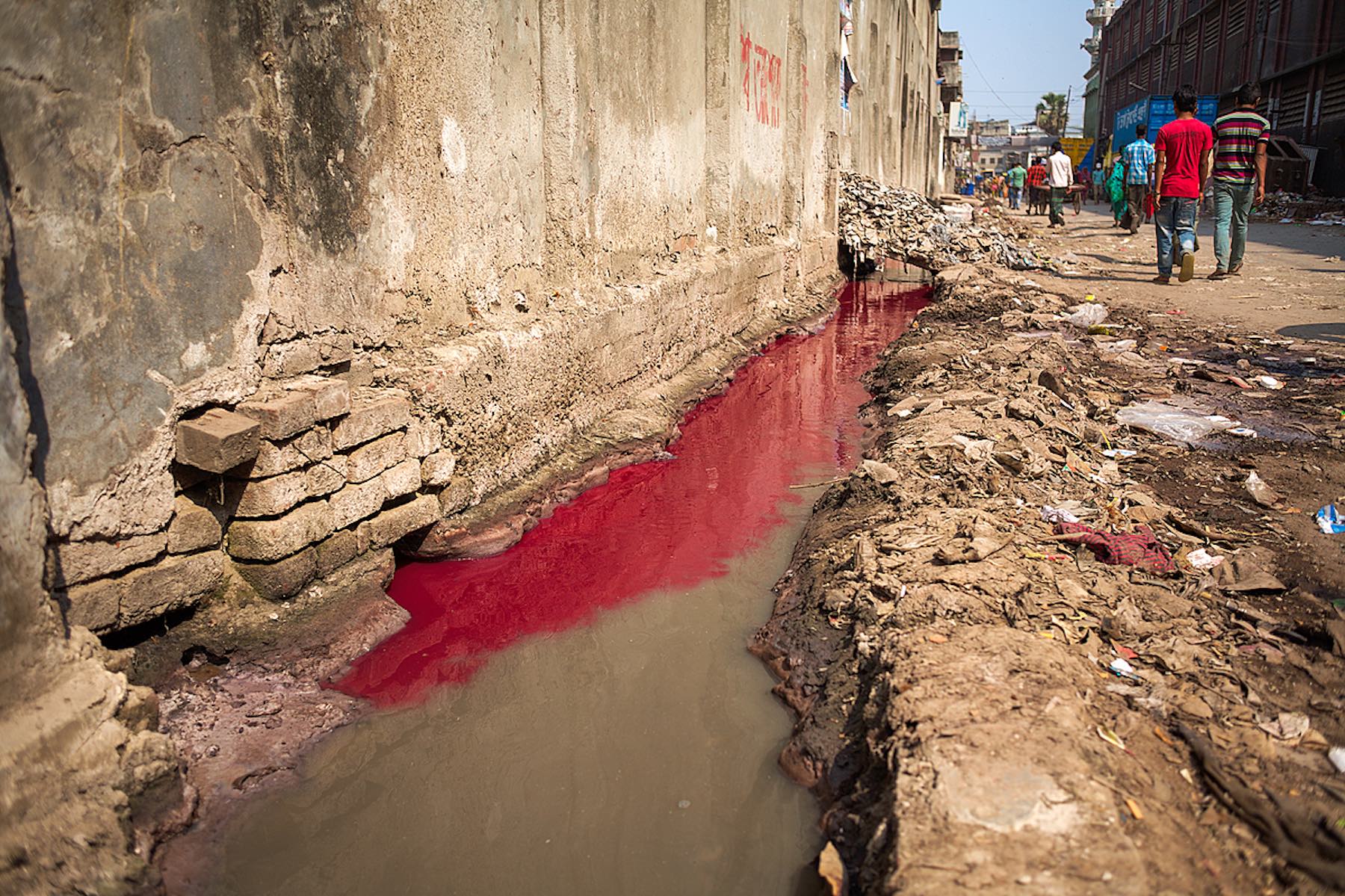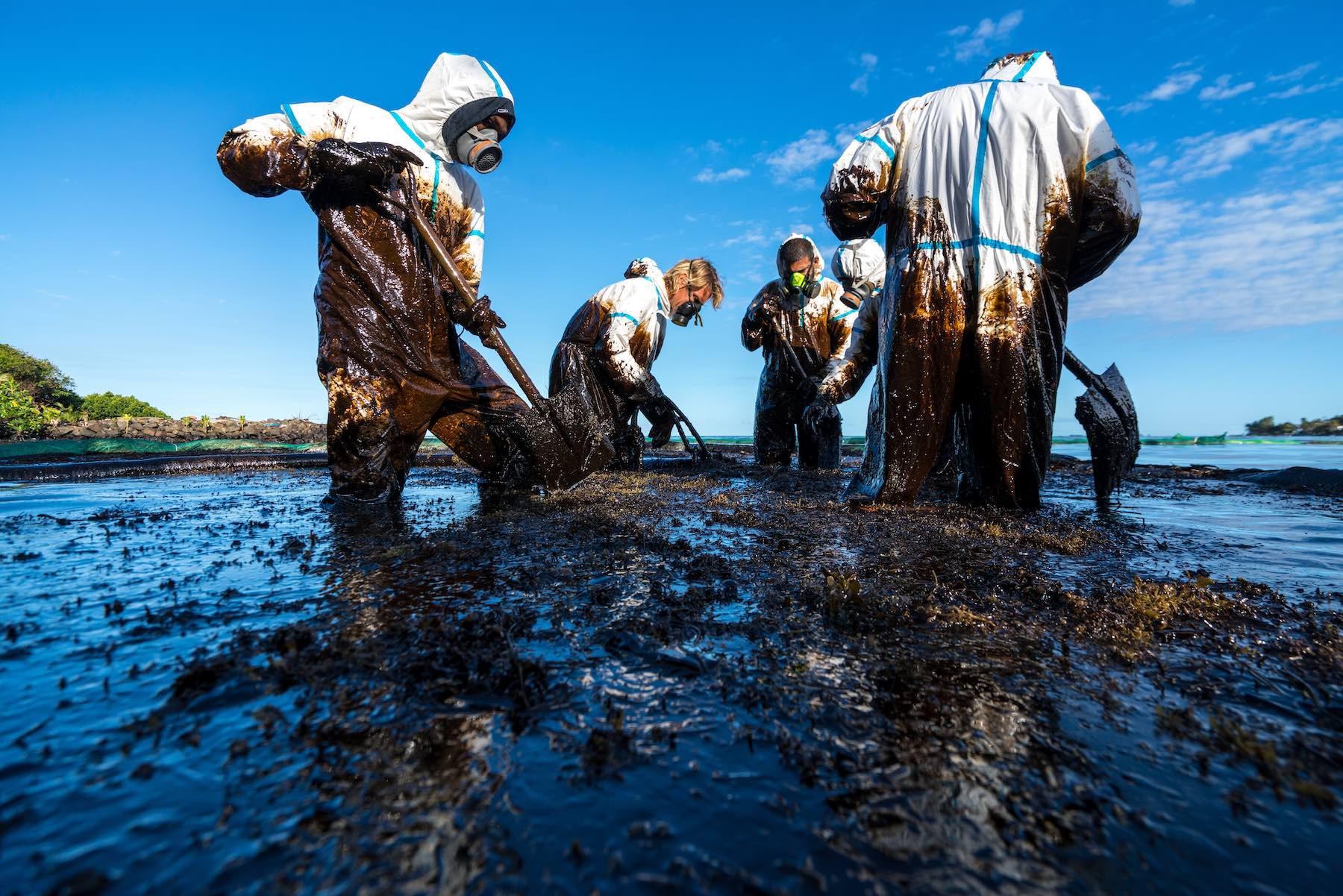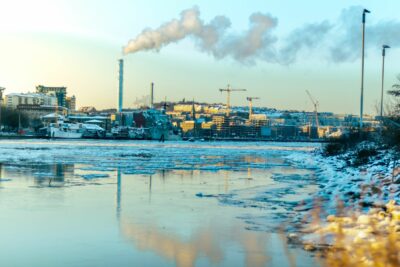Warning: some of the issues in this blog are emotionally challenging and include violence and sexual violence.
The health of our planet and the wellbeing of marginalized communities are connected. Too often a single mindset—that it is acceptable to keep on taking whatever is wanted, and any negative repercussions can simply be dumped onto others—causes severe damage to both. Many industries and authorities operate under this mindset, and the impacts can be seen all around the world.
What Is Environmental Racism?
Environmental racism is the disproportionate impact on Black and Native communities of poor environmental policies and decisions. This includes the siting of polluting industries, such as factories and factory farms, within these communities. Those communities’ views are largely ignored and the harm done to their health and quality of life simply dismissed.
What Is The Difference Between Environmental Justice and Environmental Racism?
They are closely connected. Environmental justice relates to the ways in which marginalized communities are more often negatively affected when the environment is damaged. When one of those marginalized communities consists of Black and Native communities, that’s environmental racism.

What Is The Cause of Environmental Racism?
This is a big question. When we ask why such communities more often have polluting industries forced upon them, we are really asking why does racism exist?
There are many ways to answer that, but at its root, it stems from the view that there is a hierarchy of worth, and that certain beings are intrinsically more worthy of fresh air, clean water, a safe home life, and a healthy quality of life. Those who support and promote this narrative are inevitably the ones who benefit from it.
And while communities fight back against the toxic waste that is dumped in their backyards and the industrial animal farms that pollute the air, these are often communities who have been excluded from political power, and whose voices can be more easily silenced.
What Is One Consequence of Environmental Racism?
There are many consequences of environmental racism, including:
- Congenital disabilities from toxic waste
- Respiratory disease from polluted air
- Poor quality of life
- Loss of social mobility as residents are unable to sell properties in the affected area
- Unemployment as other industries stay away
- Environmental destruction and loss of wildlife, as marginalized people’s concerns are often more readily dismissed

What Are Some Examples of Environmental Injustices?
- In 1957, Dutch oil giant Shell found oil in the Niger delta on land belonging to the Ogoni people. The drilling devastated the land and brought no benefit to the Indigenous people. In 1993, a demonstration was attended by 300,000 Ogoni people and gained international attention. The peaceful protests led to a vicious backlash by Nigerian security forces, who allegedly killed, maimed, raped and tortured hundreds of people who lived in the area. Ultimately, nine activists were executed by the State. In 2009, Shell paid $15.5 million to the families of the nine activists but admitted no guilt and the pollution continues. In 2020 a pipeline burst, polluting farmland and waterways on which the Ogoni people depend.
- In 2007, the Tendele Coal Mine was opened up in Somkhele in the South African province of Kwa-Zulu Nata. According to lawyer Kirsty Youens, waters were polluted or destroyed; land was fenced off, pollution ruined crops and grazing land, while blasting caused cracks in houses and shattered glass in windows. Even graves were exhumed and the bodies reburied elsewhere without tombstones, leaving families forever unable to identify their ancestors’ graves. “I can not remember a time when we could breathe fresh air in this area,” said local resident Makhosi Ndwandwa. Now, the company plans to expand the mine, and local residents are fighting against it. In 2020, one leading activist Fikile Ntshangase was murdered in her own home.

- In 1984, there was a toxic leak from the US company Union Carbide’s chemical plant in Bhopal, India. The leak killed 3,000 people instantly. More than half a million people were poisoned that night with more than 20,000 people dying from related conditions in the 35 years since, and people are still dying. Says The Guardian: “No one from Union Carbide was ever tried for the gross negligence that led to the gas explosion, despite multiple criminal charges being brought against them in India. No cleanup operation of the chemical waste – which was already being dumped into the local community before the explosion – has ever been conducted.”
- Throughout the 1980s and 1990s, the pig farming industry in North Carolina exploded. Now, in the parts of the State, factory farmed pigs outnumber people by 35 to one. The stench of waste, the flies, and noise all make it difficult for local people, who are predominantly Black, Latinx, and Indigenous, to sell up and move away, even if they wanted to leave their homes. Children who attend schools nearby experience higher rates of asthma and wheezing, while residents report elevated blood pressure, eye, nose, and throat irritation, difficulty breathing, nausea, and chest tightness. Says Vox: “One study found that eastern North Carolina residents who live near factory farms experience higher rates of asthma, anemia, kidney disease, infant mortality, and infections.”

What Types of Municipal Projects Often Result in Environmental Racism?
Almost any can. The siting of toxic waste sites is a known one, but wherever local authorities are involved in planning permissions, then environmental racism may be involved. This could relate to permissions given to drill or mine, to allow the building of factories or factory farms.
How To Fight Environmental Racism?
Communities working together can fight environmental racism, but they also need allies. All of us who oppose injustice can educate ourselves and speak out. We can amplify local experiences and needs through writing to our political representatives, on social media and by contacting media outlets. We can boycott the products that destroy the planet and cause suffering to people, and we can vote for political candidates and parties that actively oppose such injustice.
Conclusion
The view that some beings are worth less than others drives the destruction of the planet and the continuation of unjust societies. As the global north starts to recognize the effects of the toxic by-products of industrialisation, it exports its pollution and waste to other parts of the world, where environmental protections may be more lax, and where people have no choice but to live with the repercussions.
As our habits drive up global temperatures, creating wave after wave of extreme weather events, it is Black and Native communities that will disproportionately bear the brunt of disasters not of their making. But we can change. We can buy less ‘stuff’, burn less fuel, and eat less—or better still, no—meat, milk, or eggs from animals. When we consume less and pollute less, we create fewer problems for already marginalized communities around the world, and when we boycott damaging industries, like industrial animal agriculture, our actions have profoundly positive consequences for all.



